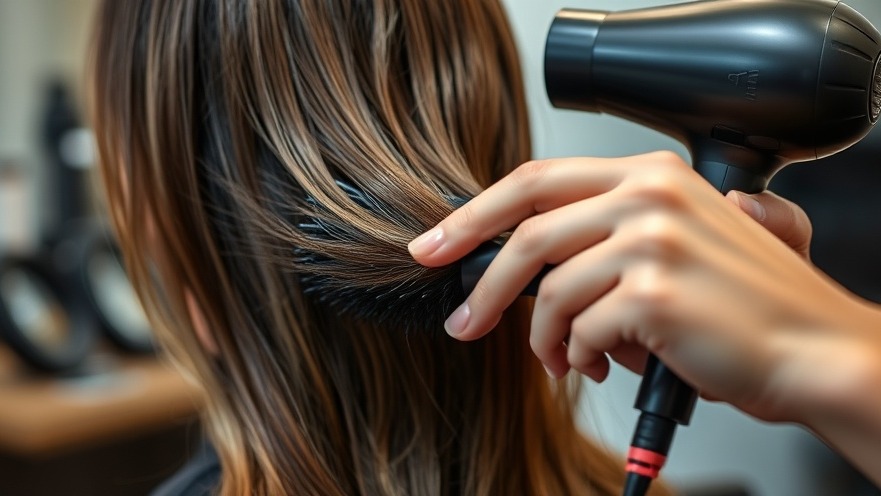
Understanding Hair Thinning: A Common Concern.
Many people notice that their hair isn't as thick or full as it used to be, particularly as they age. This is due to natural changes in the body, including hormonal shifts, which can impact hair health. According to trichologists, hair follicles shrink with age, resulting in finer strands and fewer hairs overall. Anabel Kingsley, a leading trichologist, explains that hormonal changes, especially during perimenopause and menopause, play a significant role in this process.
The Role of Hormones in Hair Anatomy
It’s essential to understand the connection between hormones and hair health. Estrogen levels, for instance, provide vital support for hair follicles, helping to prolong the growth phase of hair. As these levels drop, thinning and shedding become more pronounced. The decline can exacerbate feelings of self-consciousness related to appearance, making the search for non-hormonal solutions even more pressing for many individuals.
Effective Non-Hormonal Treatments to Consider
Fortunately, individuals seeking to thicken their hair without hormonal treatments have several options. Topical minoxidil emerges as one of the most effective non-hormonal treatments for female pattern hair loss. This treatment can stimulate hair growth, though patience is key as it can take several months to see noticeable results. Additionally, some natural solutions are gaining popularity, including topical melatonin and caffeine, believed to encourage healthier scalp conditions and promote hair thickness without the use of synthetic hormones.
Innovative Techniques to Enhance Hair Volume
Beyond topical treatments, other innovative techniques can also optimize hair appearance. Microneedling, ideally conducted by a certified dermatologist, creates tiny wounds in the scalp, potentially boosting blood circulation and enhancing hair growth when combined with minoxidil. While the process may seem daunting, it’s gaining traction among those looking to revitalize their hair.
How to Style Thinning Hair for Maximum Volume
Styling techniques can also significantly improve the appearance of thinning hair. Choosing the right cut can make all the difference. Hair specialist Philip Kingsley advises opting for shorter, layered styles that add dimension and volume. Additionally, utilizing volumizing products, such as mousses and dry shampoos, can offer your hair a fuller look without over-burdening strands.
Nutritional Support for Healthy Hair
Your diet plays a crucial role in the condition of your hair. Incorporating foods rich in vitamins and minerals is vital. For example, biotin, zinc, and vitamins A and E are crucial for maintaining healthy hair growth. Prioritizing whole foods, including leafy greens, nuts, and lean proteins, can help nourish your hair from the inside out, ensuring it remains strong and resilient.
Emotional Impact and Taking Action
For many, hair thinning can evoke feelings of anxiety or insecurity. Recognizing these emotional aspects is crucial; you're not alone in this experience. Many individuals navigate this personal journey, and increasingly, awareness of both the practical and emotional ramifications of hair health is becoming evident. Connecting with support groups or seeking advice from trichologists can offer comfort and effective strategies.
Your Path to Thicker Hair: Take the First Step!
As you explore ways to thicken your hair without hormones, remember that you have many options. From topical treatments to dietary changes and styling hacks, every little effort adds up. Don't hesitate to consult professionals who can personalize advice based on your unique hair type. Embrace the journey towards healthier hair with positivity! Seek out community support to share experiences and find others on the same transformational path. Every step you take towards enhancing your hair health is a step towards feeling more confident in your skin.
 Add Row
Add Row  Add
Add 




Write A Comment